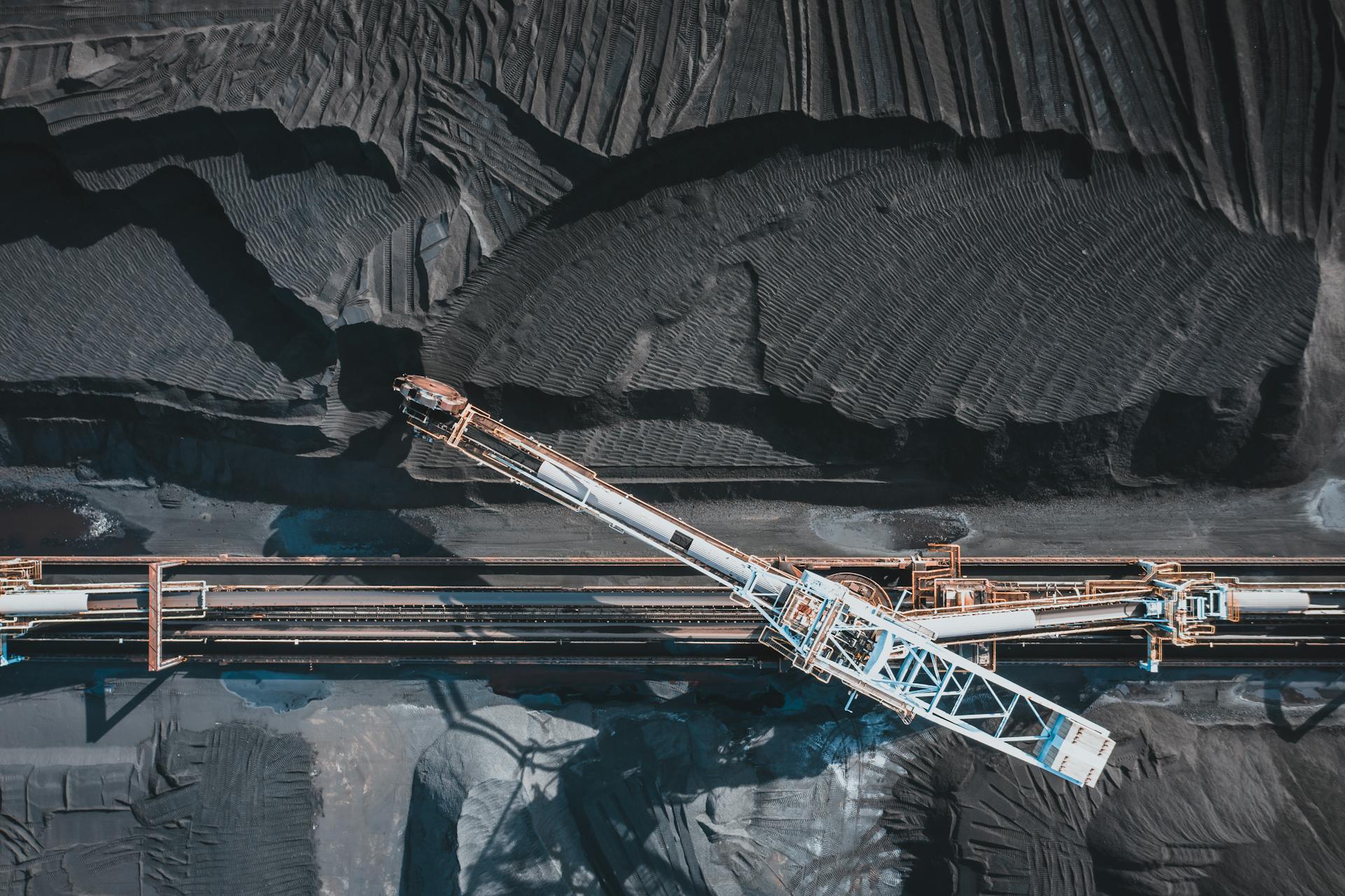
A transit point is a critical component of a transit system, responsible for managing the flow of goods and information between different locations. This system is designed to optimize the movement of cargo and data, reducing transit times and increasing efficiency.
Transit points are often located near major transportation hubs, such as ports, airports, and border crossings, where goods and information are constantly being transferred. By centralizing these activities, transit points help to streamline the process and reduce costs.
The key to a successful transit point is its ability to handle a high volume of transactions quickly and accurately. This requires a combination of advanced technology and skilled personnel, who work together to ensure that goods and information are processed efficiently.
Types of Transit Points
Transit points can be broadly classified into two main categories: fixed transit points and dynamic transit points.
Fixed transit points are permanent locations where passengers can transfer between modes of transportation, such as train stations, bus terminals, and airports.
These points are often equipped with amenities like food and beverage vendors, restrooms, and waiting areas to make the transfer process more comfortable for passengers.
Dynamic transit points, on the other hand, are temporary locations that emerge due to unexpected events or changes in traffic patterns.
Examples of dynamic transit points include traffic circles, roundabouts, and emergency evacuation zones.
Dynamic transit points require quick thinking and adaptability to navigate safely and efficiently.
Examples and Locations
Let's take a look at some examples and locations of transit points around the world.
In the United States, the Port of Los Angeles is a major transit point for international trade, handling over 9.3 million containers in 2020.
The Port of Rotterdam in the Netherlands is another significant transit point, with a cargo volume of over 469 million tons in 2020.
The Panama Canal is a strategic transit point that connects the Atlantic and Pacific Oceans, with over 14,000 vessels passing through it every year.
In the Middle East, the Jebel Ali Port in Dubai is a major transit point for trade between Europe and Asia, with over 14 million containers handled annually.
The Strait of Malacca, which connects the Indian Ocean to the South China Sea, is a critical transit point for international shipping, with over 50,000 vessels passing through it every year.
These transit points play a vital role in facilitating global trade and commerce.
Definitions and Selection
A transit point is any intermediate stop on a route not classified as a stopover.
You have the freedom to set up your own transit point operation, giving you independence from third parties.
The choice between a transit point and a cross docking system depends on your specific logistics operation and challenges.
If you don't have much space for stock, the cross docking system offers greater freedom, as the distribution center is responsible for everything else.
This means you can focus on selling your products, and let the distribution center handle the rest.
Benefits and Advantages

A well-implemented Transit Point system can reduce logistics costs, making it a cost-effective solution for companies.
Transit Points are simple structures that require low investment, allowing them to be positioned at strategic points in the city.
They can be used in places of difficult access, regions far from the main distribution centers, or large centers with heavy traffic to optimize the operation.
With Transit Points close to customers, delivery times can be significantly reduced, leading to increased customer satisfaction.
Transit Points have no stock, which speeds up their operation and reduces the need for physical space.
Having a sufficient volume of orders and products is essential to make the transportation of consolidated loads viable with a good periodicity.
What Is the Most Popular Definition
The most popular definition of a Transit Point is actually quite straightforward. It refers to any intermediate stop on a route not classified as a stopover.
This means that a Transit Point is not a final destination, but rather a temporary stop along the way.
System Selection

Selecting the right system is crucial for a successful project.
A project's requirements and constraints should guide the system selection process.
Consider the project's objectives, scope, and timeline to determine the necessary system features.
The system should be able to handle the expected volume of data and users.
For example, a system with a small capacity may not be suitable for a large-scale project.
The system's scalability and flexibility should also be considered to accommodate future growth.
A system that is too rigid may not be able to adapt to changing project needs.
The system's cost and maintenance requirements should also be taken into account.
A system with high maintenance costs may not be the most cost-effective choice in the long run.
Ultimately, the selected system should align with the project's goals and objectives.
Featured Images: pexels.com


